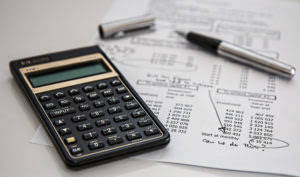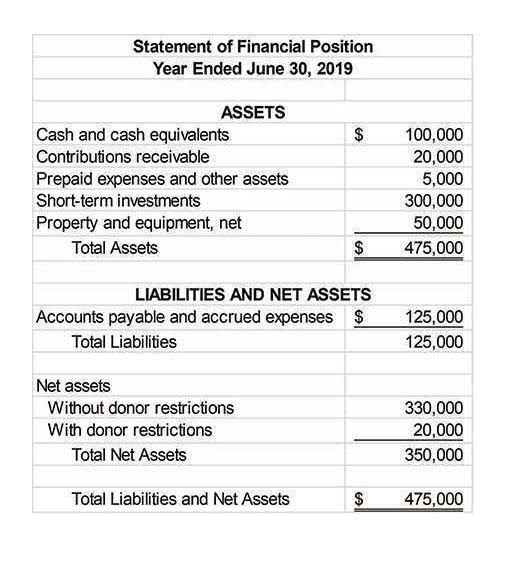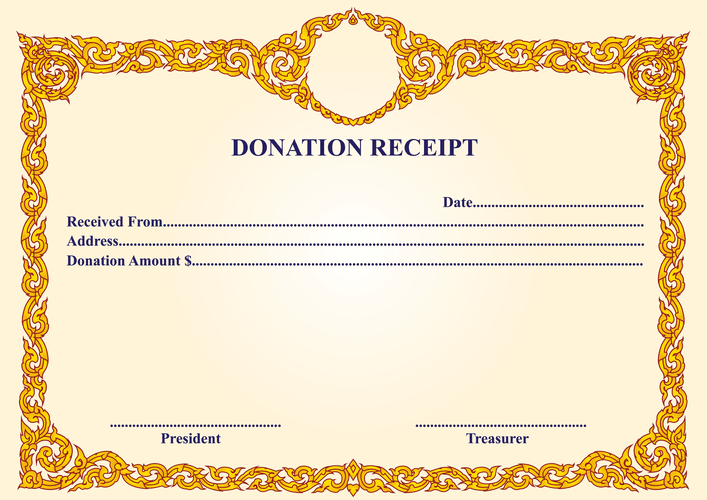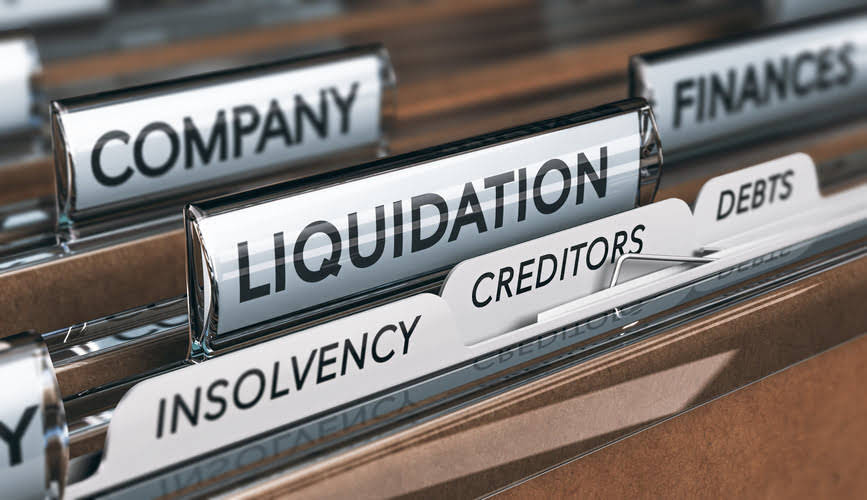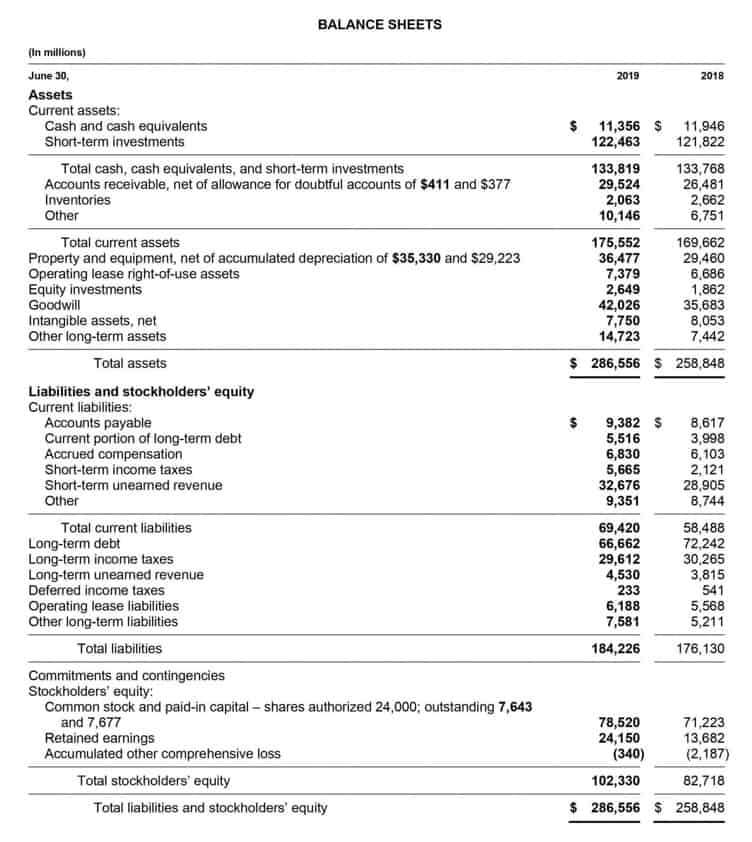
The team at Bookkeeping Manhattan Agency is comprised of certified bookkeepers who are dedicated to delivering personalized bookkeeping solutions to businesses located in New York. Their services cater to a wide spectrum of businesses, encompassing varying scales, from small sole proprietors to large enterprises boasting extensive employee counts. Accountants may offer a package rate for weekly, monthly or annual services to reward ongoing customers. Many accountants offer online services where small businesses can https://www.bookstime.com/articles/royalties-accounting access online accounting software and payroll assistance, and the accountant — for a monthly or other recurring fee — provides financial analysis and reporting of their numbers. For basic monthly accounting services, an accountant might charge anywhere from $75 to $500 or more, depending on what was included in a given package, the size of the client’s business, and the complexity of work requested. Nationally, full-time staff accountants earn between $40,000 and $80,000, depending on experience and other factors.
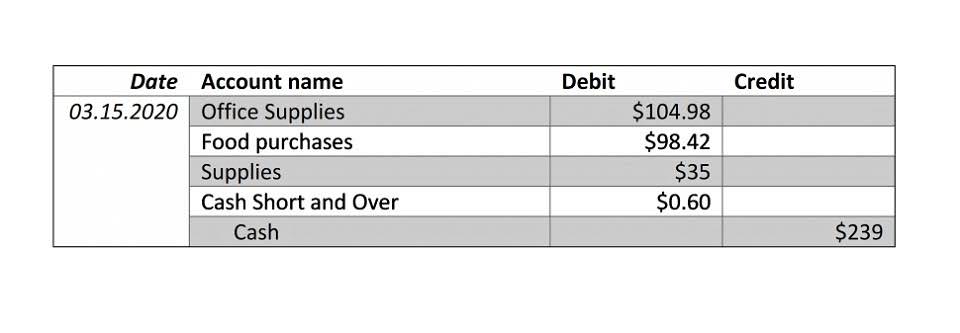
Ultimate Tax Preparers, Inc
Their extensive array of services has been catering to individuals, families, and businesses spanning diverse industries since the year 1973. The seasoned team at Broadway Tax Professionals comprises Enrolled Agents, Certified Public Accountants, an Read More… For small business owners seeking to streamline their operations, entrusting accounting and bookkeeping responsibilities to a professional service provider in New York presents a pragmatic option. Black Ink, a reputable entity, extends personalized accounting, bookkeeping, business advisory, and tax preparation services to small businesses across t Read More…

Exceptional Tax & Accounting Services, LLC
Accurate and organized bookkeeping is essential for the financial health of your business. We have curated a list of the best bookkeepers in New York City who offer expert bookkeeping services to businesses of all sizes. personal bookkeeper near me Whether you are a startup, small business, or established company, these reputable bookkeepers can help you maintain precise financial records, manage expenses, and keep track of your financial transactions.
How to Engage the best Bookkeepers?
Participants in this survey will not receive further communication from the City with regards to this survey. After spending more than a decade working with The Law Offices of Grinberg & Segal, PLLC, as a paralegal, Melsida Asatrian obtained her license to practice law in New Jersey in 2015 and in New York in 2016. You can look online for local personal bookkeepers or get recommendations from friends and family. For a list of accredited experts, you may also check with professional associations like the American Institute of Professional Bookkeepers.

Prime Tax & Accounting Company NYC is dedicated to delivering high-quality financial services that are tailored to the distinct needs of their clients. Whether the client is a small business owner, a high-net-worth individual, or an individual in need of personal financial guidance, the firm’s team of experts is equipped to provide guida Read More… According to the American Institute of CPAs, certified public accountant (CPAs) financially advise individuals, big companies and small businesses to help them reach their financial goals. Dbooks bookkeeping has established itself as a reliable purveyor of comprehensive bookkeeping solutions catering to the needs of small business proprietors, mid-sized corporations, and self-employed freelancers. Their dedicated team is resolute in their pursuit of client contentment, willing to extend their efforts to foster trust and secure busine Read More…
- Recognizing the busy lifestyles of their clientele, Refundable Tax Services LLC has extended their Read More…
- Trained accountants and bookkeepers manage financial complexities and offer practical business solutions.
- Accountants do not automatically have a Certified Public Accountant (CPA) designation unless they have passed the Uniform CPA Examination and received the proper license.
- For a list of accredited experts, you may also check with professional associations like the American Institute of Professional Bookkeepers.
- Their core mission revolves around delivering personalized care and dedicated Read More…
- By trade, accountants prepare, maintain and examine the financial statements of an individual, business or institution.
Bookkeeping Manhattan
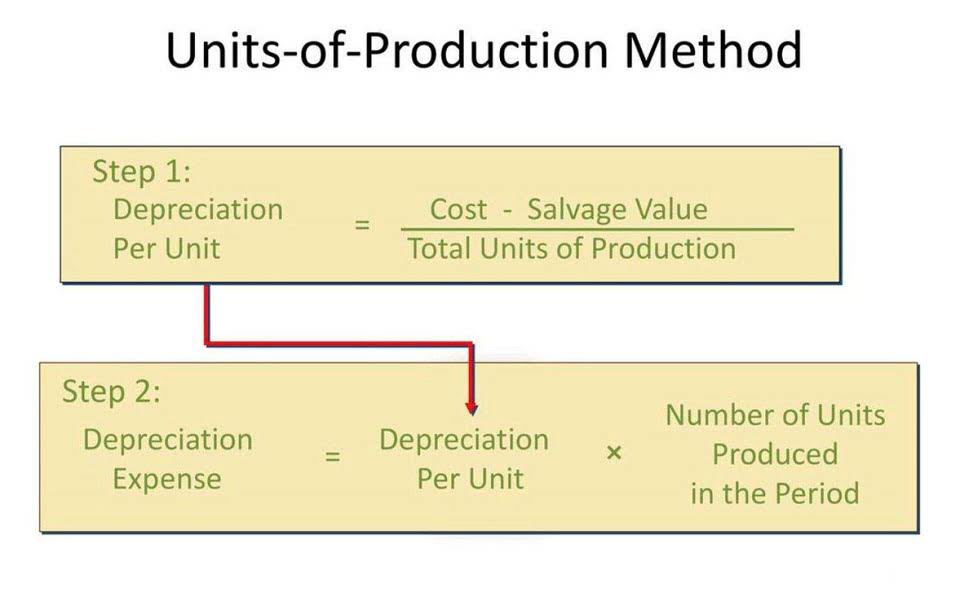
Why Choose the best Bookkeepers in New York City?
- Refundable Tax Services LLC operates as a dependable and efficient tax preparation company situated in Brooklyn, New York.
- Nationally, full-time staff accountants earn between $40,000 and $80,000, depending on experience and other factors.
- CPAs are also eligible to represent clients before the IRS if audit support is required, while a non-CPA accountant is not.
- They specialize in streamlining the tax procedure for their clientele, facilitating their navigation of the intricate realm of tax legislation.




